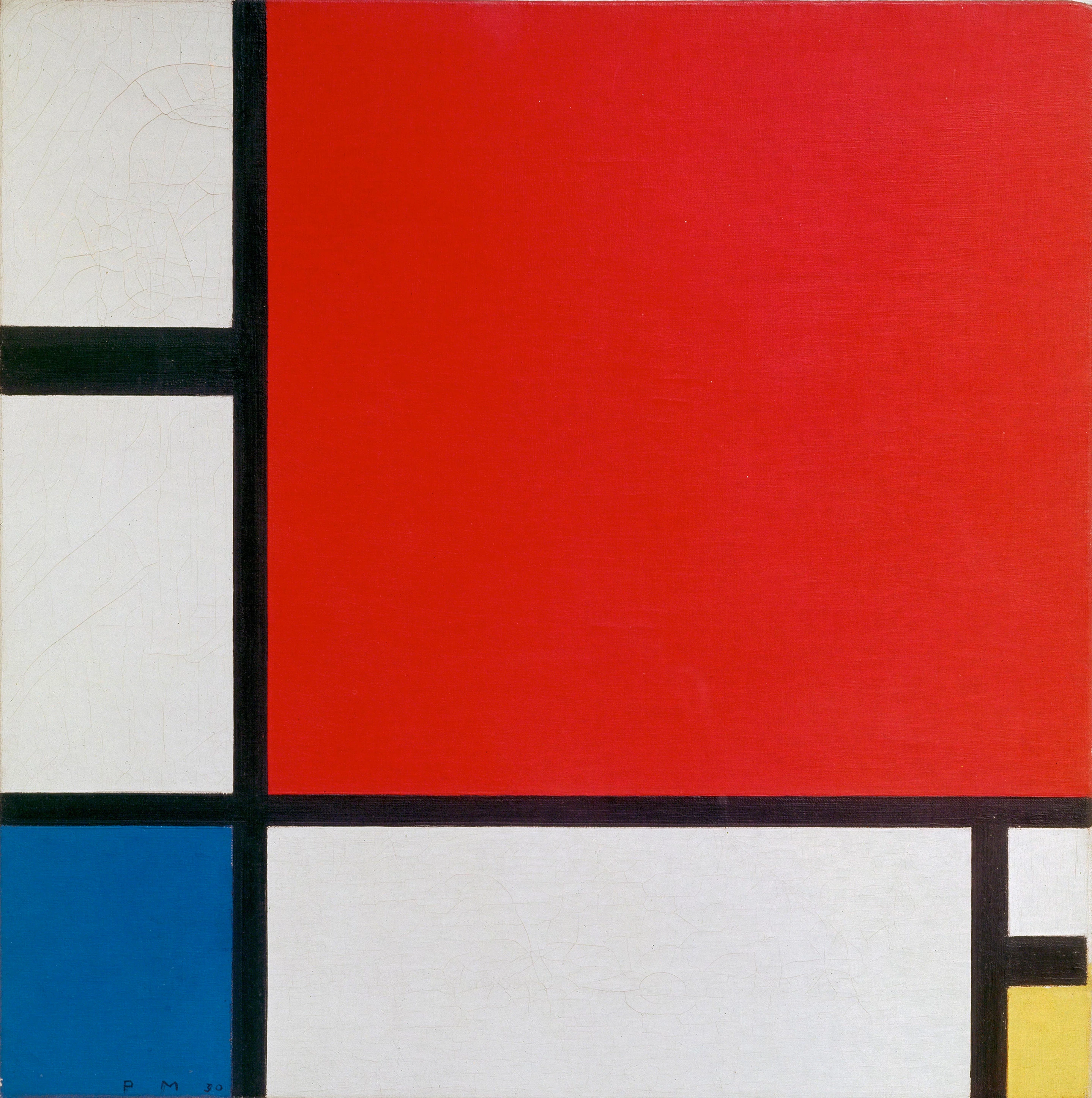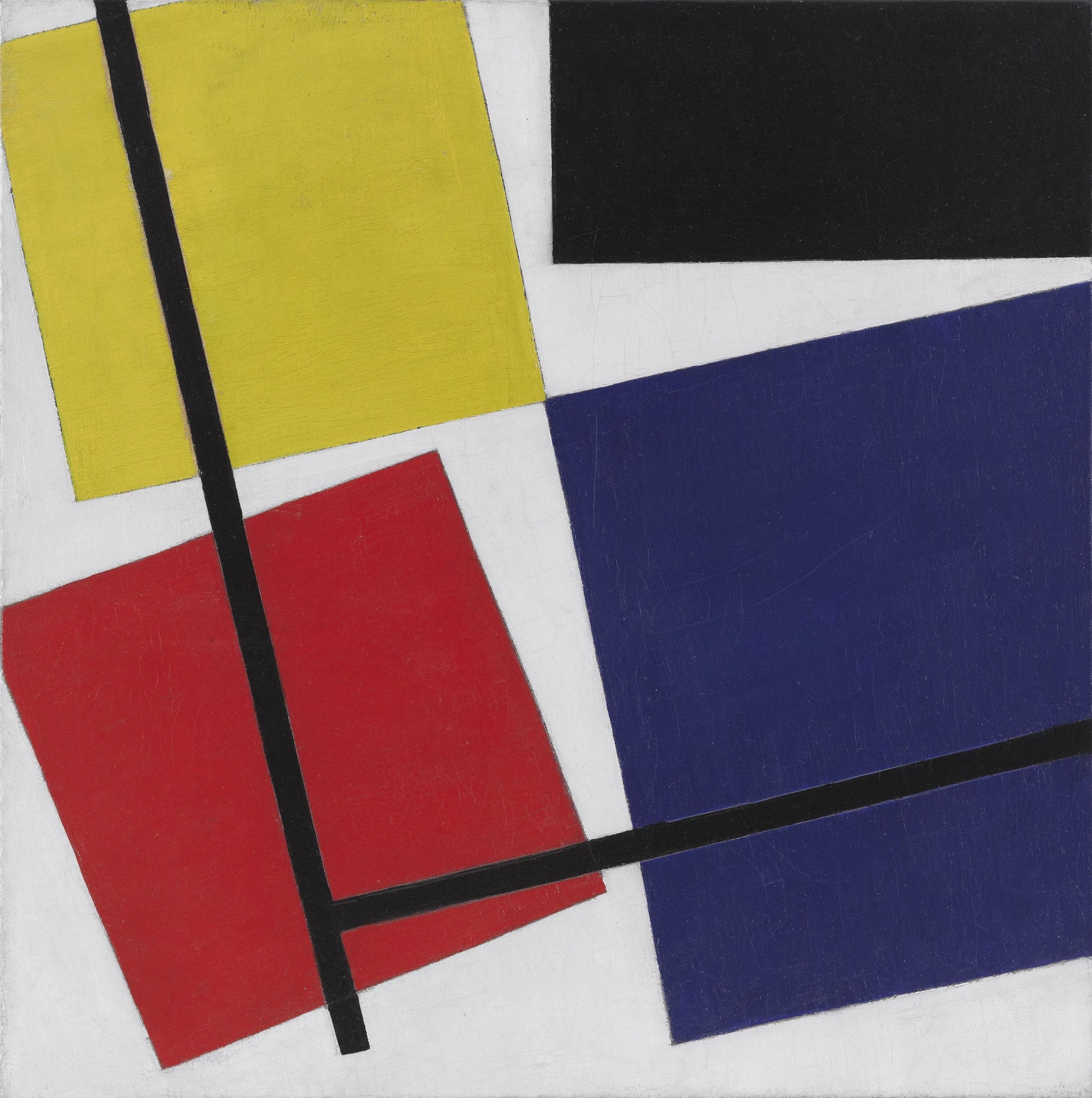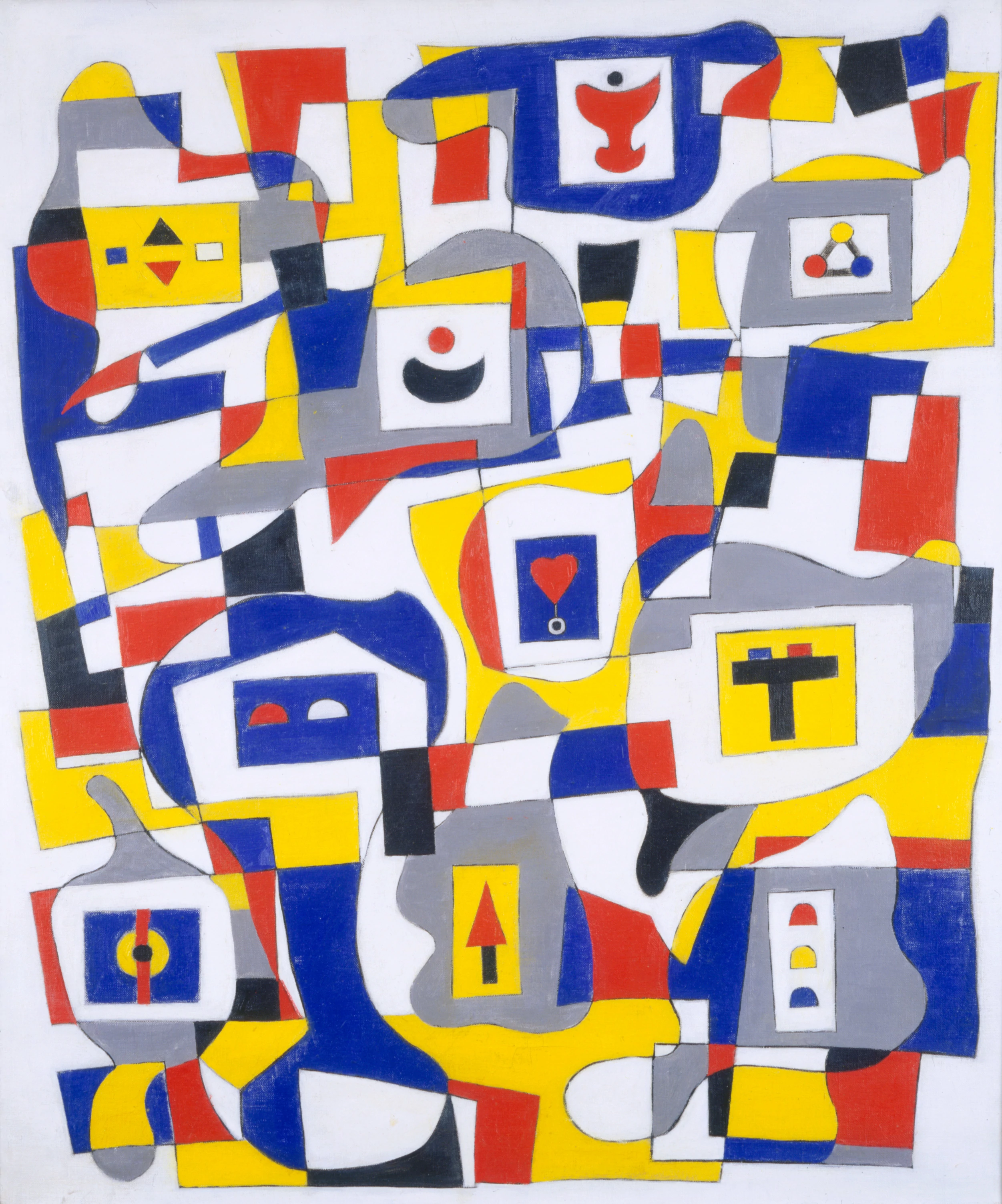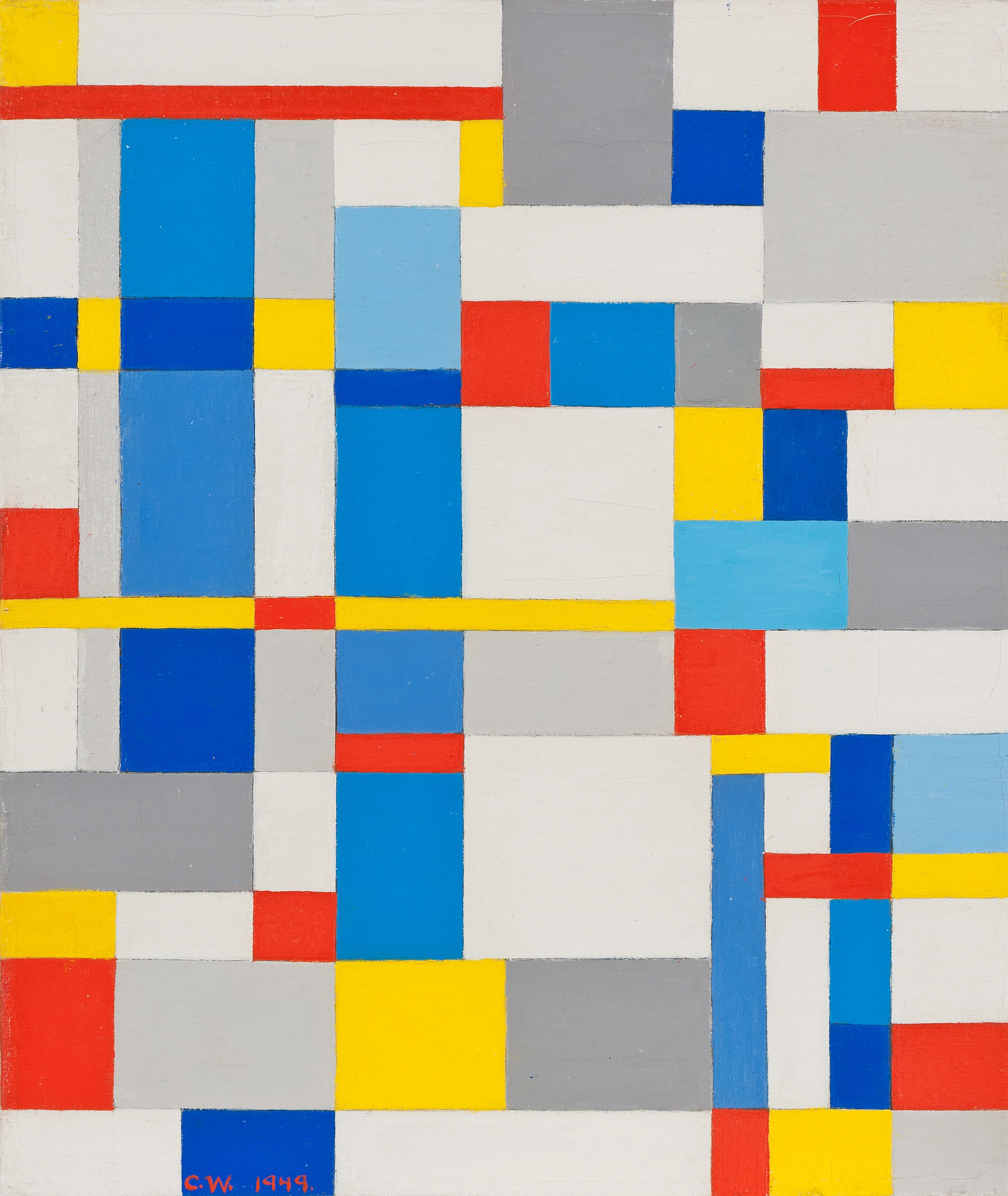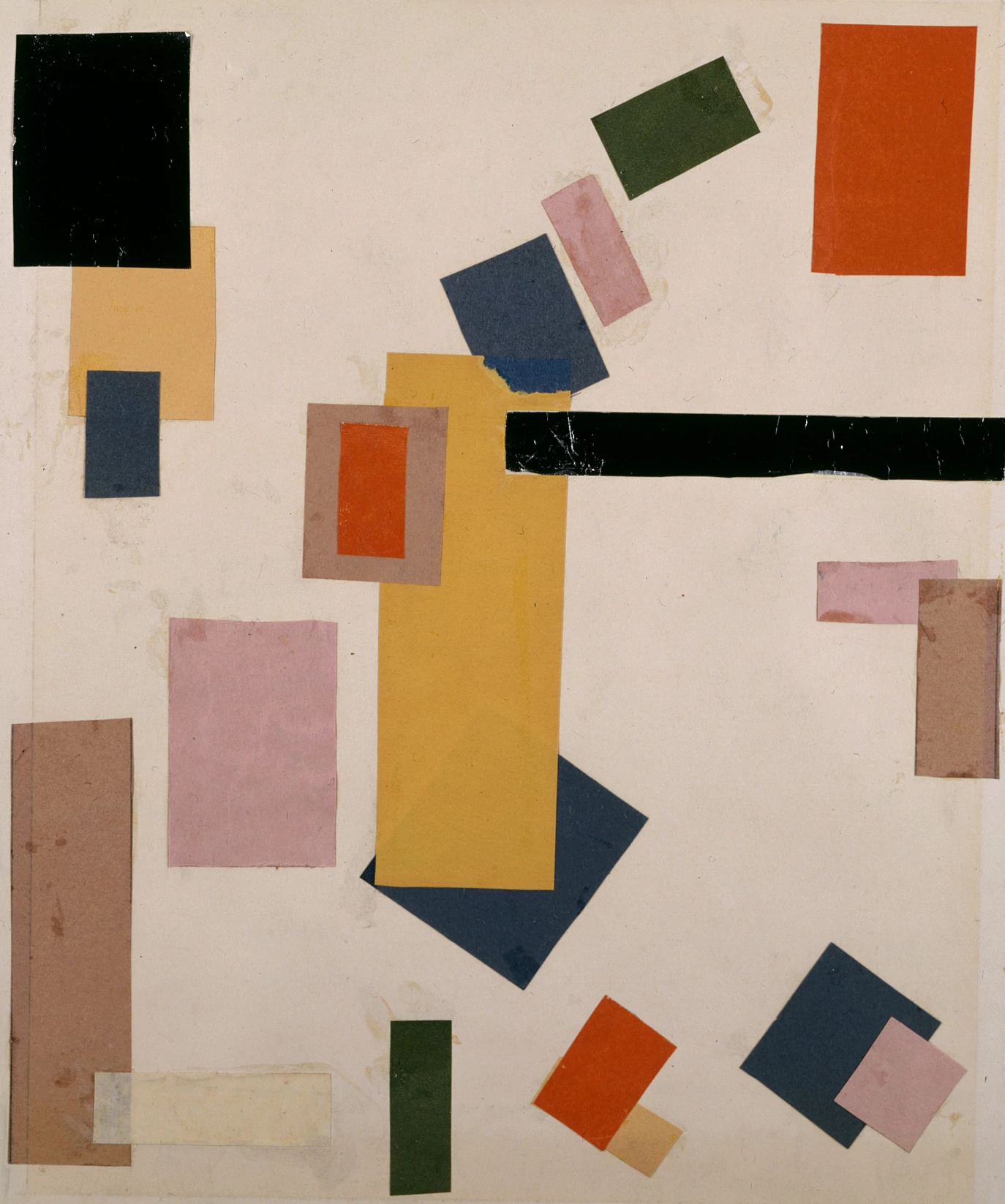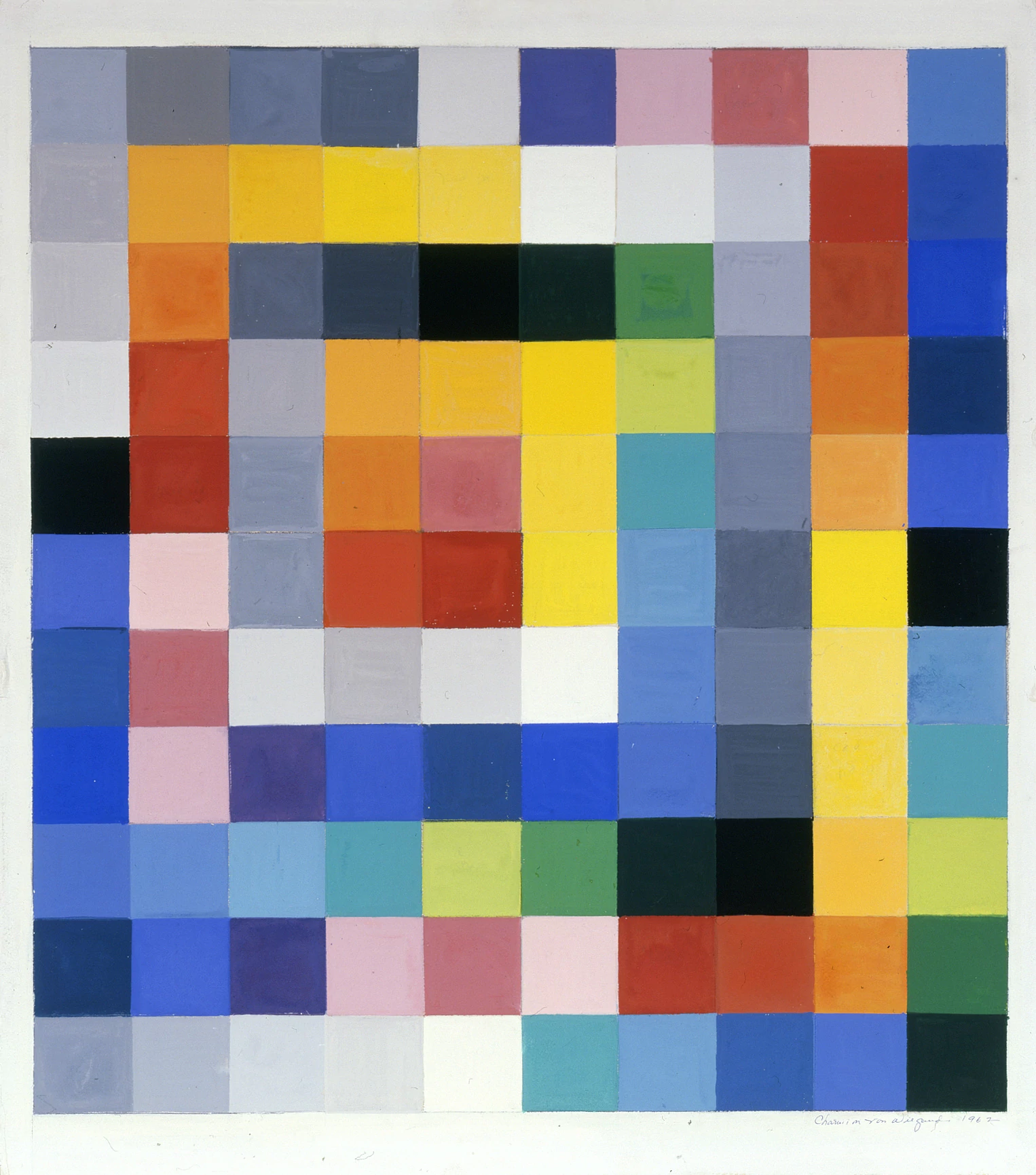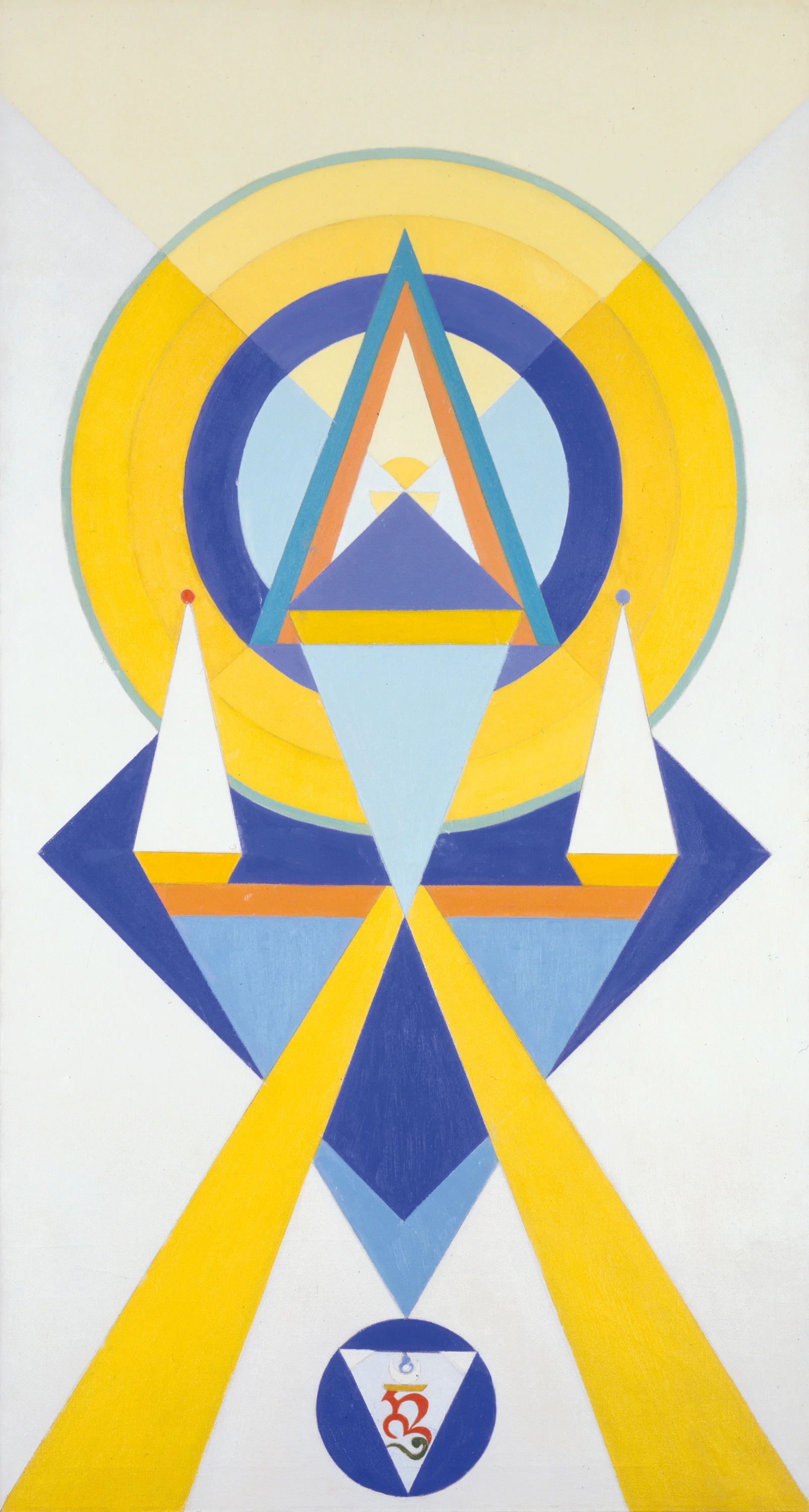De Stijl
The art of the perfectly straight line
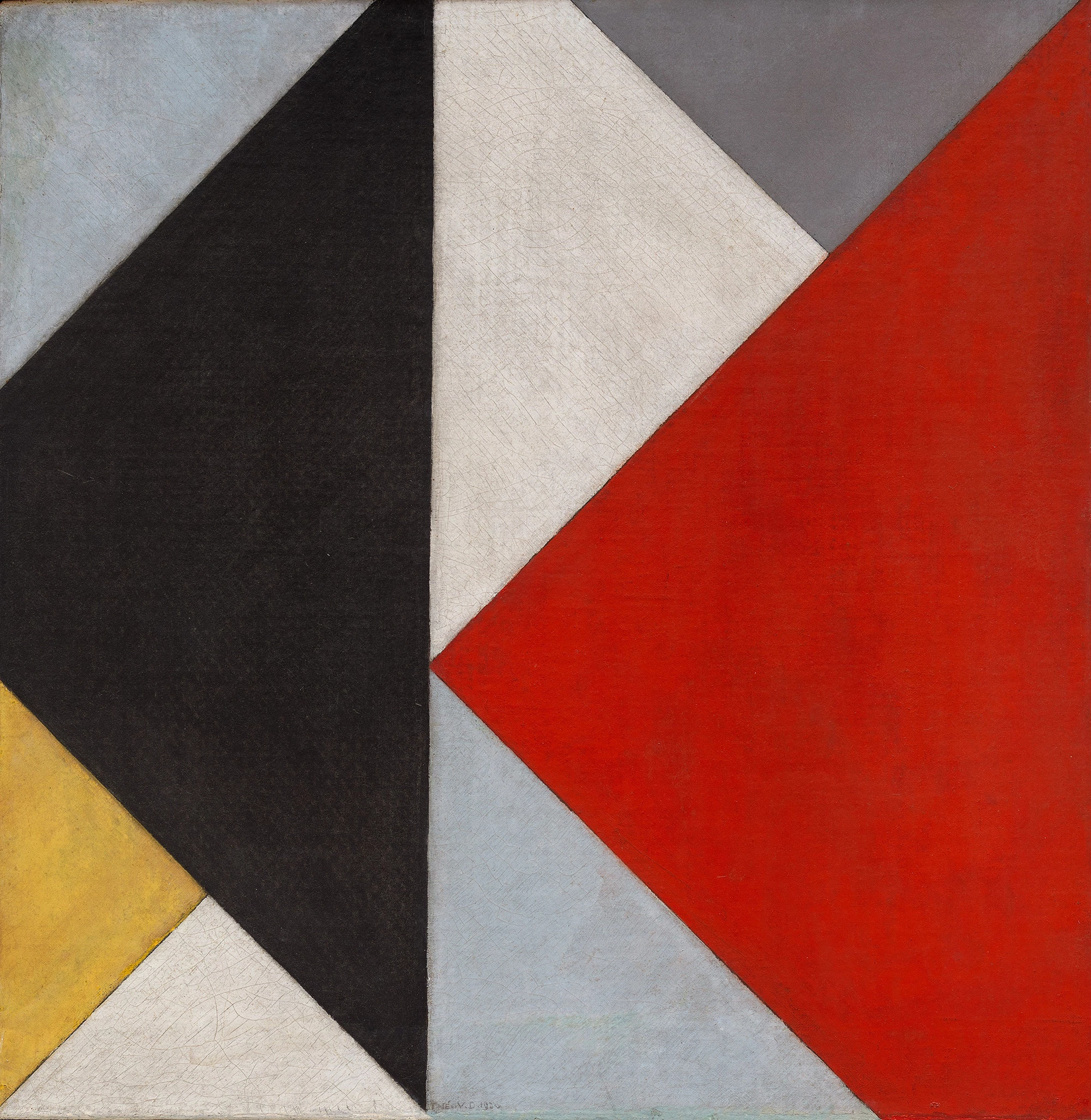

De Stijl was nothing if not ambitious. Meaning ‘the style’ and developed by modernist powerhouses Piet Mondrian and Theo van Doesburg, De Stijl art was intended to be the perfect fusion of form and function. A perfect style, reduced to only the simplest elements of shape and color, and applied to all media: painting, decor and architecture.
De Stijl art was the expression of Mondrian’s theory of Neoplasticism. In the early 20th century, visual arts were commonly referred to as plastic arts, a term meant to distinguish visual art from writing, music and theater. Mondrian’s concept of Neoplasticism, meant, in essence, the new art.
So what was this new art? In his dense essay Neo-plasticism in Pictorial Art Mondrian described his vision: “This new plastic idea will ignore the particulars of appearance, that is to say, natural form and color. On the contrary, it should find its expression in the abstraction of form and color, that is to say, in the straight line and the clearly defined primary color.” In practice, Mondrian’s new art was a radical set of constraints intended to create a simple and endlessly repeatable visual toolbox using only primary colors, squares and rectangles, and vertical and horizontal straight lines.
Though De Stijl started small, just Mondrian and van Doesburg, its aesthetic and ideas soon spread. The Bauhaus, the influential German art school picked up De Stijl’s simplified geometry, and van Doesburg’s magazine, also titled ‘De Stijl’ drew artists from all over Europe into the budding movement. At its height in 1918, the group had more than 100 loosely connected ‘members’ dedicated to the vertical and horizontal line.
But trouble was brewing. In 1924, van Doesburg proposed his Theory of Elementarism, a radical manifesto that effectively called bullshit on Mondrian’s neoplastic rules and declared that the future belongs (gasp) to the diagonal line. Furious at the betrayal, Mondrian resigned from the movement. De Stijl, with its core rules removed, evolved over the next decades.
In 1931, Theo van Doesburg died, and the formal De Stijl movement slowly disbanded. But its impact remains. The Constructivist movement borrowed its primary colors, architects like Charles and Ray Eames and Frank Lloyd Wright applied the dramatic crosshatch of horizontal and vertical lines, and the obsession with a reduction to minimalist perfection has infected art and design to this day.
...
Got questions, comments or corrections about De Stijl? Join the conversation in our Discord, and if you enjoy content like this, consider becoming a member for exclusive essays, downloadables, and discounts in the Obelisk Store.


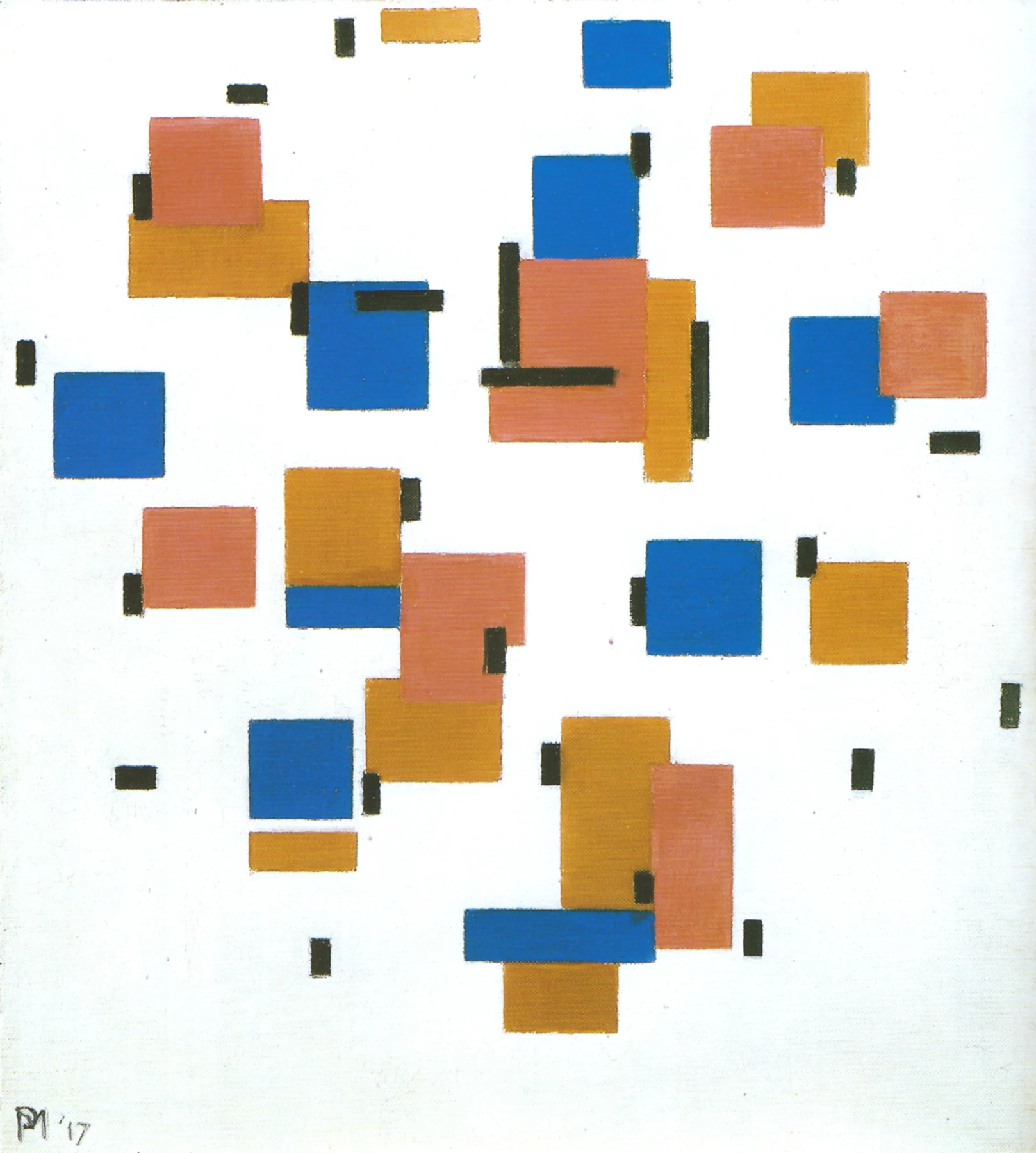
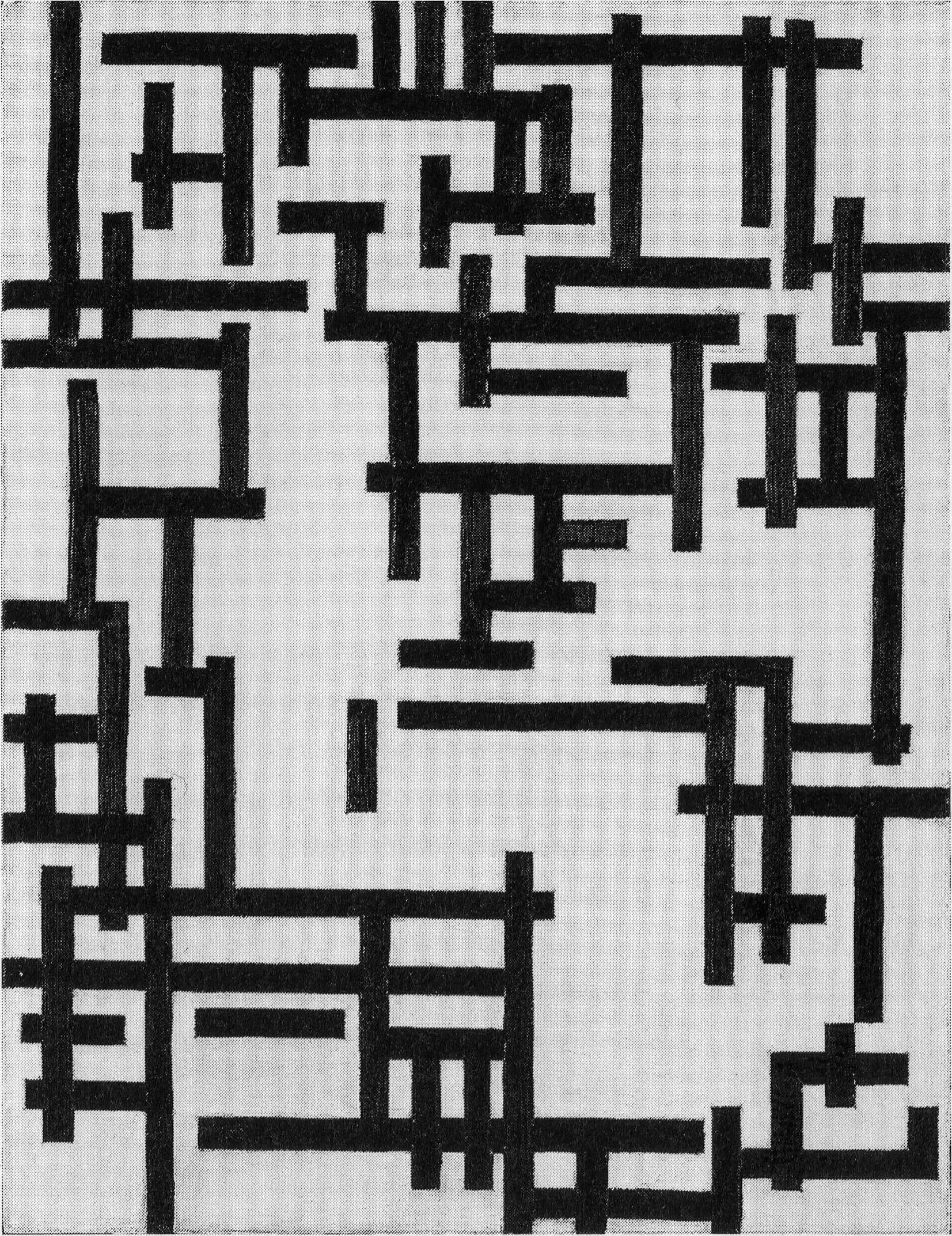
There is an old and a new consciousness of time



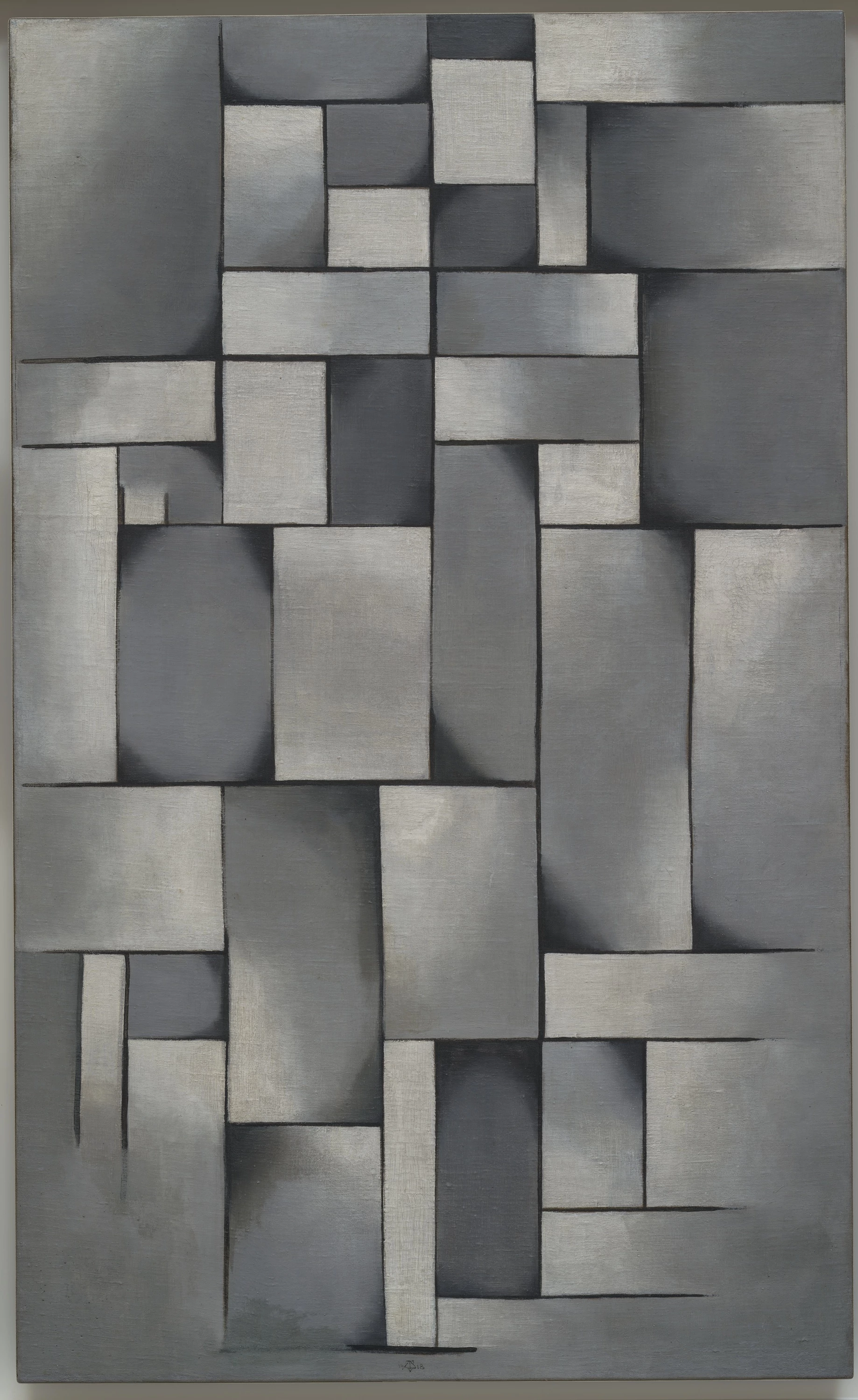
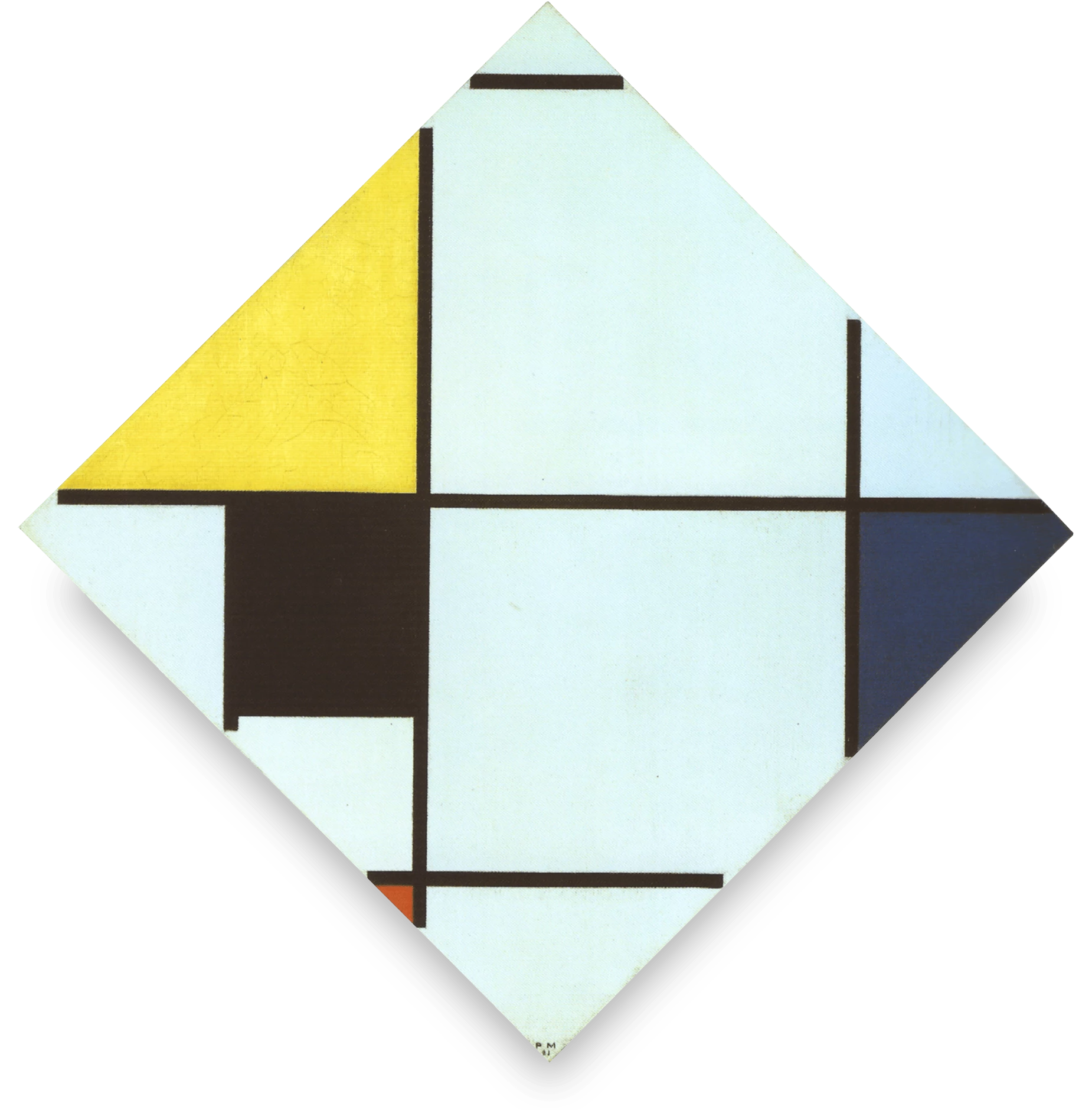



Elementarism is the purest, and...the most direct means of expression of the human spirit

